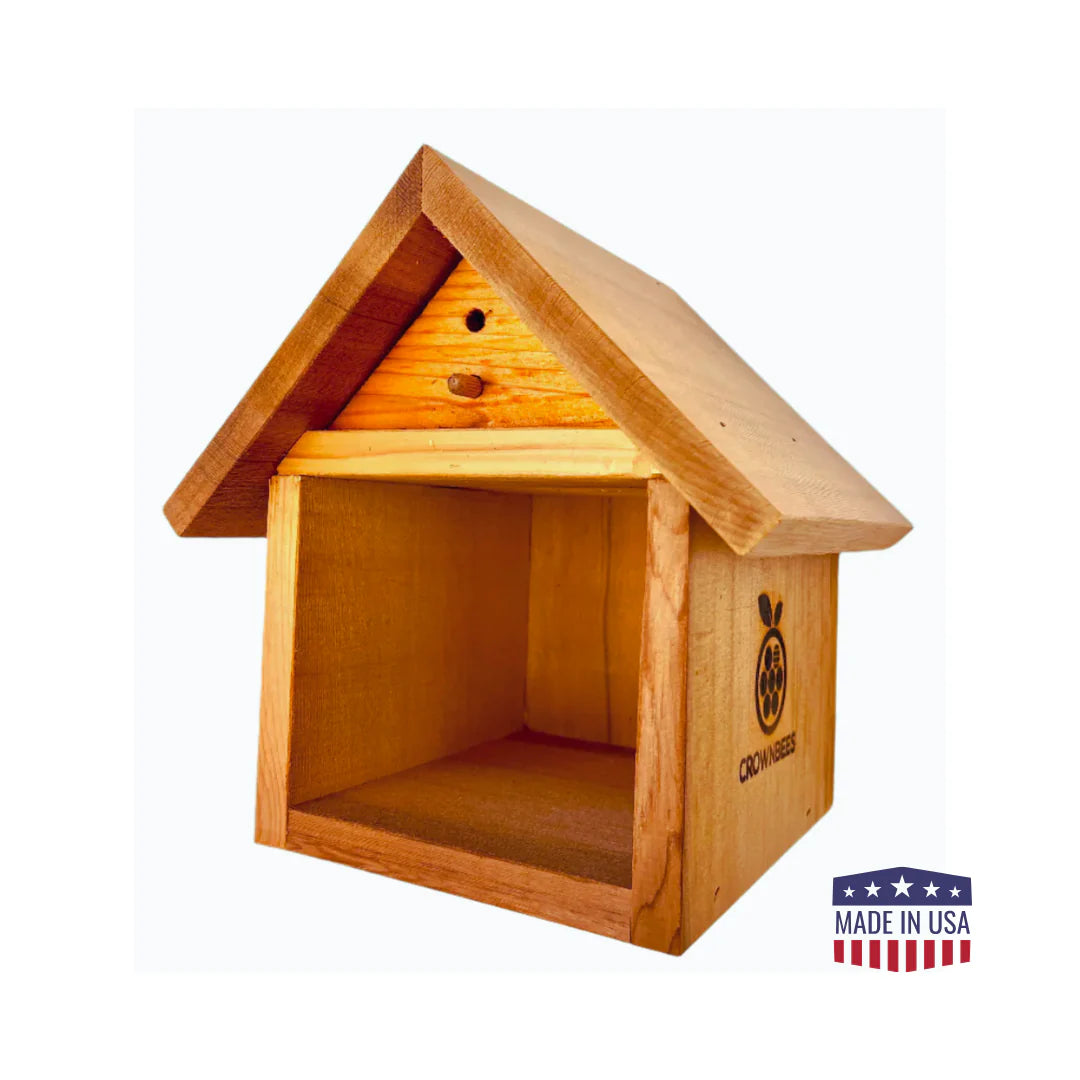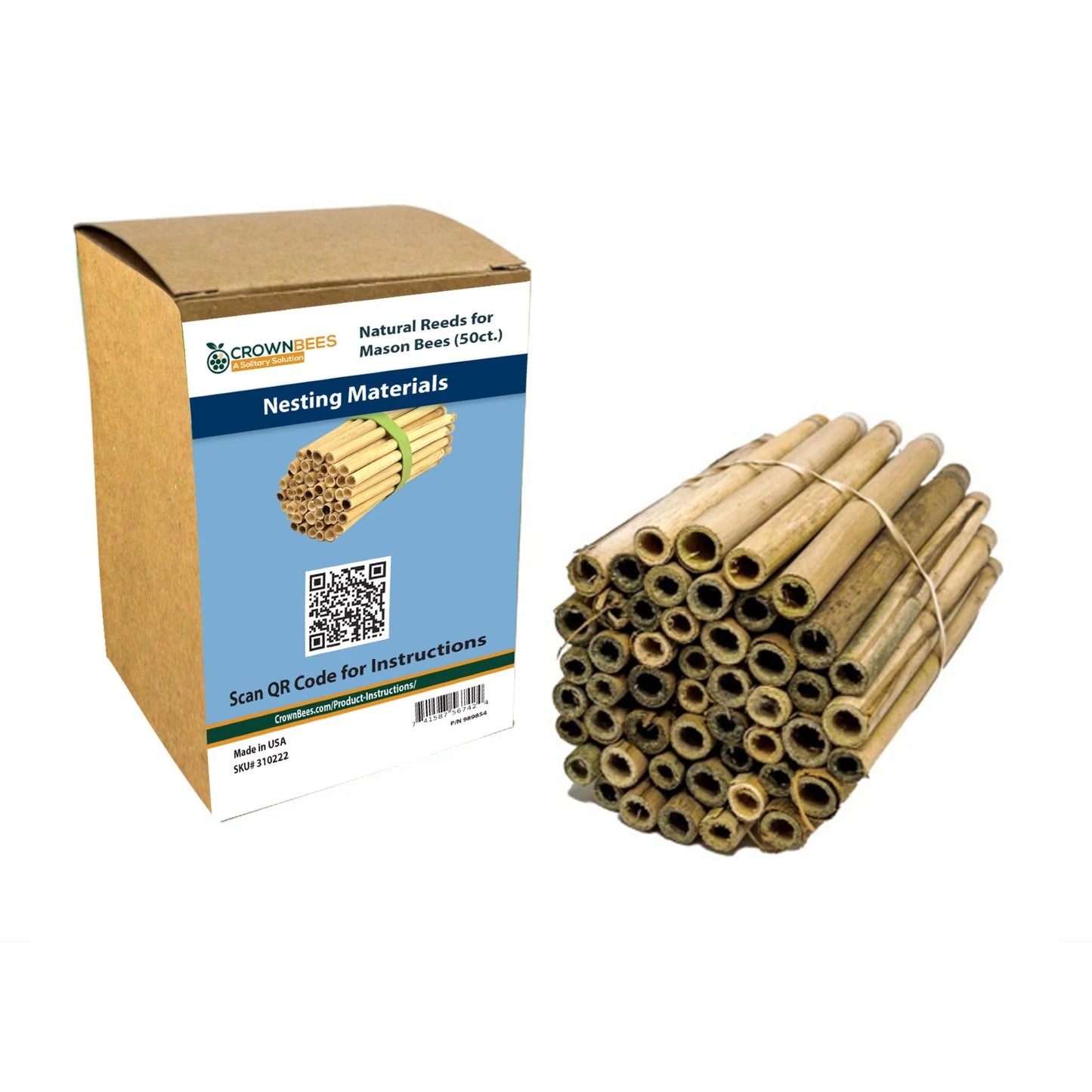BeeGuard™ Bag: Protect Developing Bees from Pests

BeeGuard™ Bag is a fine mesh bag that protects developing bee larvae from pests such as earwigs, ants, beetles, and parasitic wasps.
Instructions
NOTE: Leafcutter (Summer Leaf) bees can produce multiple generations each summer. Wait until weather consistently cools in the fall before bagging nests—typically when temperatures drop below 60°F / 15°C.
- When your bees have finished nesting, place the nesting materials (including the five reeds that came with your InvitaBee™) in the BeeGuard™ Bag with the capped ends facing up. Use the drawstring to tightly close the bag.
- Using reeds or tubes? Stand them upright in an open-top mason jar, then place the jar inside the BeeGuard™ Bag. This reduces the chance of larvae falling out of the tubes.
- Store the bag out of direct sunlight in an unheated garage or well-ventilated shed where the temperature roughly matches the outdoors. You don’t need to worry about severe cold.
- Periodically check your BeeGuard™ Bag. If tiny parasitic wasps appear, you’ll see them flying at the top of the bag—rub the fabric briskly between your hands to squash them. You may also find an adult bee that needs release outside.
- The BeeGuard™ Bag is machine washable.
- Use a detergent safe for delicate fabrics (e.g., Woolite, Dreft).
- Wash on the “gentle” or “delicate” cycle.
- Dry on low heat. Add a couple of clean dish towels to help the bags dry faster.
You might be surprised how much fits inside a BeeGuard™ Bag. If you’re transitioning from a house with fixed bamboo, you can often place the entire house inside the bag. See our guide on How to Rescue Bees from Bamboo & Drilled Blocks of Wood.
Shop Bee-Safe Essentials
Give your bees the safest environment possible with the right accessories and nesting materials designed for health and protection.


